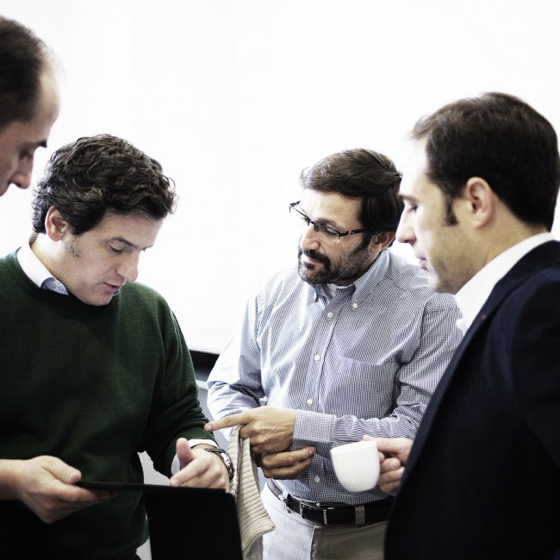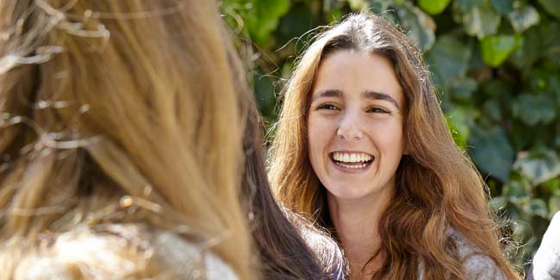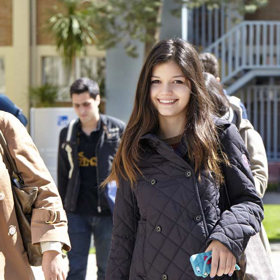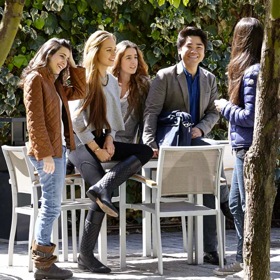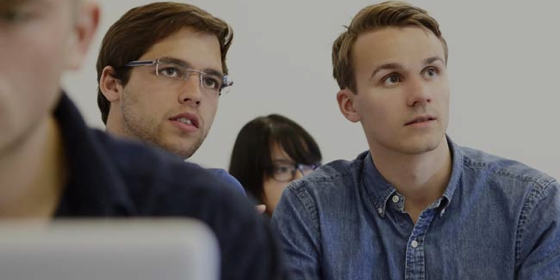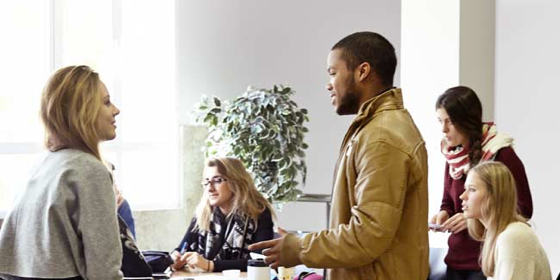The Green and the Grey
Many people have argued, including Edward O. Wilson, that mankind lives under a condition of “biophilia” - a special, innate affection for nature. We are all “programmed”
The modern metropolis – an offspring of the Industrial revolution - enlarged the fracture between our life and the experience of nature. In the 19th century, cities were dirty, dangerous, and polluted – while at the same time nature was romantically seen as a pure, semi-divine entity. With visionary urban projects – from Frank Lloyd Wright’s Broadacre City to Ezebener Howard’s Garden City – the 20th century hoped to heal the fracture between nature and city. In fact, bringing the city to nature resulted in a bigger environmental plight: urban sprawl and excessive land consumption. How might we reverse this trend in the 21st century? Could we convert asphalt into farmland? The contribution from Prof. Carlo Ratti explores how, thanks to new technologies, we can introduce elements of nature in cities in a harmonious way. This integration of the biological with the cultural – from domestic food production to living buildings and green infrastructure - gives us hope for our global future at the start of the “urban century”.
CARLO RATTI - Director of the Senseable City at MIT, USA & Founding Partner of the International Design Office Carlo Ratti Associati, Italy Carlo Ratti teaches at Massachusetts Institute of Technology, where he directs the Senseable City Lab and is a founding partner of the International Design Office Carlo Ratti Associati. He graduated from the Politecnico di Torino and the École Nationale des Ponts et Chaussées in Paris, and later earned his MPhil and PhD at the University of Cambridge, UK. He and his firm have researched the ways in which new technologies, including digital sensors and portable devices, are changing both the built environment and everyday life. Two of his projects – the Digital Water Pavilion and the Copenhagen Wheel – were hailed by Time Magazine as “Best Inventions of the Year.” He has been included in Blueprint Magazine’s “25 People who will Change the World of Design” and in Wired Magazine’s “Smart List: 50 people who will change the world.” He is currently serving as co-chair of the World Economic Forum Global Council on the Future of Cities and Urbanization.
Share event
